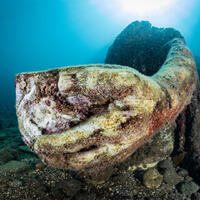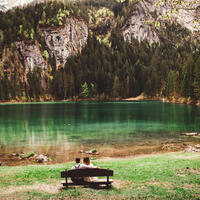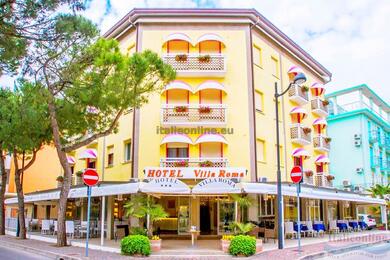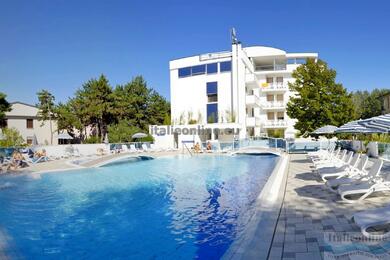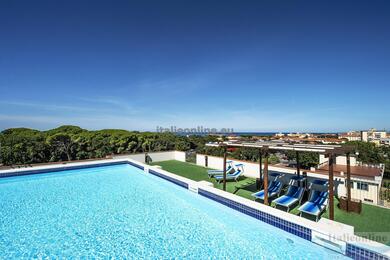History and construction
Construction of the Duomo di Siena began in 1196, when the original Romanesque cathedral was built. In the 13th century, it was decided to enlarge and rebuild it in the Gothic style, which was very popular at the time. The cathedral underwent its greatest changes in the 14th century, when additional chapels and rich decoration were added. The project to expand the cathedral was ambitious - the aim was to rebuild the cathedral into one of the largest in the world, which was truly impressive in its day.
One of the key moments in the construction was the decision to build a new cross-shaped cathedral, which was to be based on the central gallery of the cathedral. Although this plan was never fully realised, today's Duomo di Siena still stands as a stunning example of medieval craftsmanship.
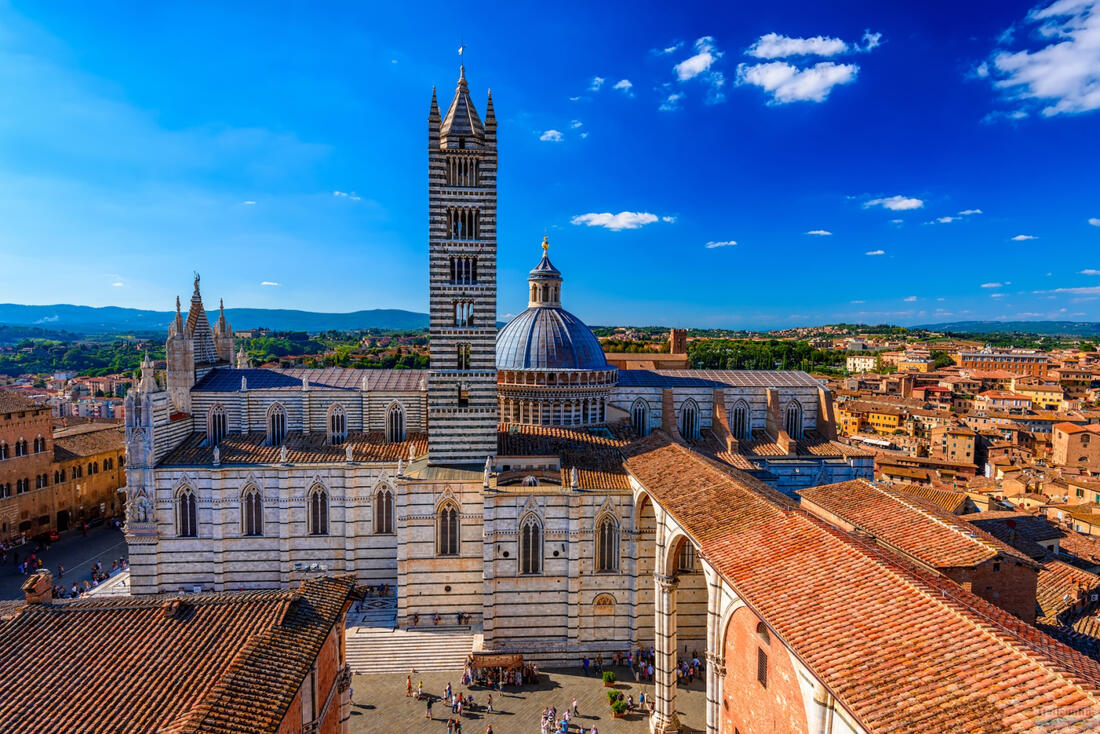
An architectural gem
The cathedral is not only lavishly decorated, but also quite unique in its architectural details.
The facade is decorated in the Tuscan Gothic style. It was completed in 1376 and forms one of the most beautiful facades in Italy.the main dominant feature of the exterior (as with the interior) is the zebra-shaped black and white panelling, which is found mainly on the pillars. The black and white colours are the emblem of Siena. Above the entrances there are a number of statues of saints, prophets and apostles by important sculptors of the 13th and 14th centuries, including Giovanni Pisano. The façade is dominated by a large circular rosette window, which lets in coloured light and gives the cathedral a mystical atmosphere.
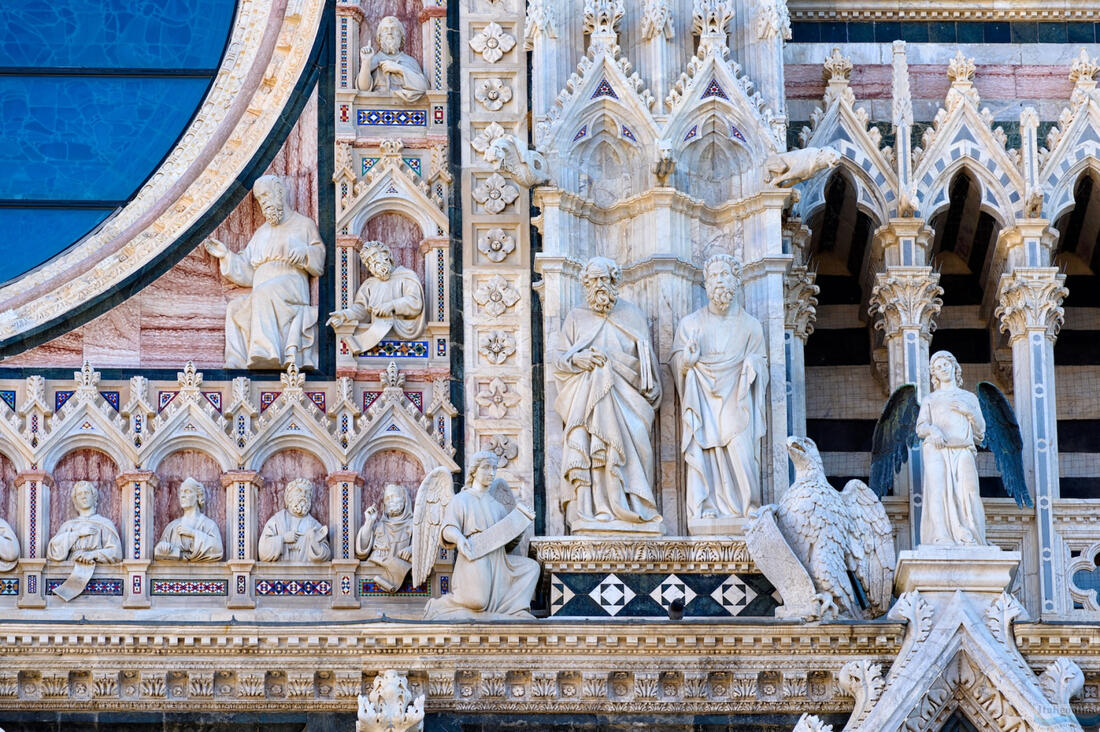
The interior of the cathedral is full of artistic treasures. The floor, decorated with geometric patterns and paintings, is one of the most important works of art in Italy. Many of these paintings were created by famous artists of the time.
The dome of the cathedral is impressive and its decoration is typical of the Renaissance period. Under the dome is a beautiful fresco depicting the Last Judgement.
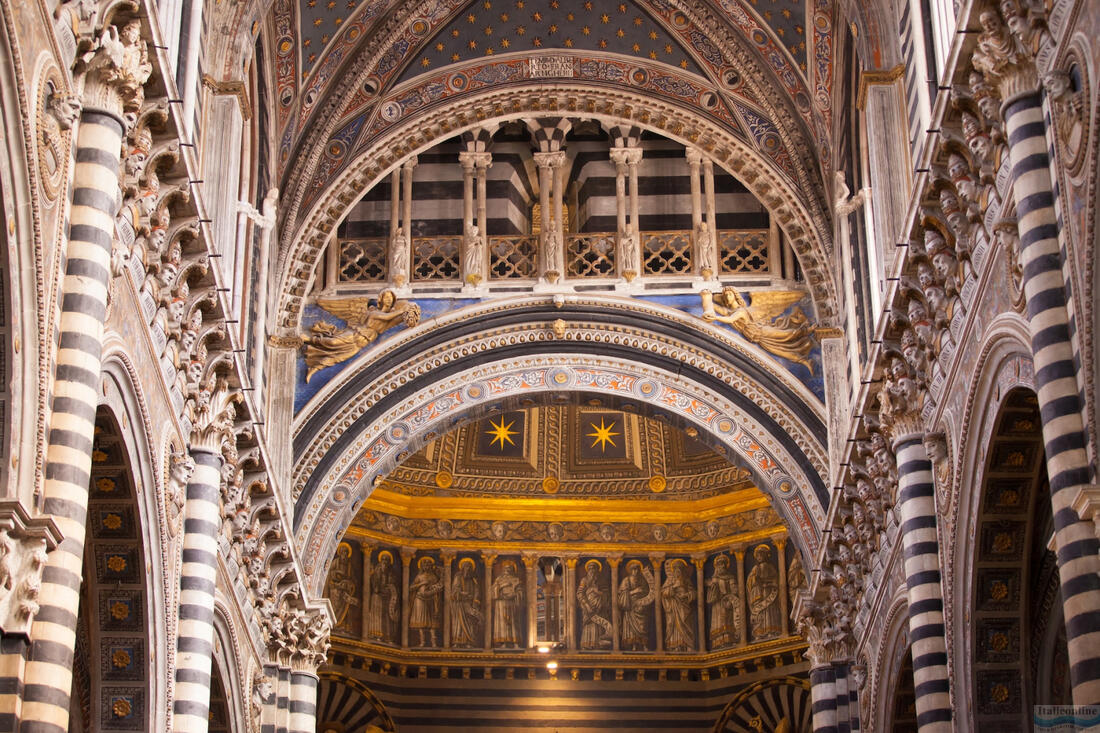
Chapel and crypt
The Duomo di Siena contains several other valuable parts, including chapels, each with its own historical and artistic significance. Many of these chapels were decorated by important painters and sculptors who contributed to their richness.
The crypt of the cathedral is located below the high altar and is filled with medieval frescoes representing biblical scenes whose meaning is still being studied.
The Duomo di Siena is more than just a cathedral; it is a symbol of the city of Siena, a spiritual centre and a museum all in one.


